Rosetta Stone 2011 Annual Report Download - page 53
Download and view the complete annual report
Please find page 53 of the 2011 Rosetta Stone annual report below. You can navigate through the pages in the report by either clicking on the pages listed below, or by using the keyword search tool below to find specific information within the annual report.-
 1
1 -
 2
2 -
 3
3 -
 4
4 -
 5
5 -
 6
6 -
 7
7 -
 8
8 -
 9
9 -
 10
10 -
 11
11 -
 12
12 -
 13
13 -
 14
14 -
 15
15 -
 16
16 -
 17
17 -
 18
18 -
 19
19 -
 20
20 -
 21
21 -
 22
22 -
 23
23 -
 24
24 -
 25
25 -
 26
26 -
 27
27 -
 28
28 -
 29
29 -
 30
30 -
 31
31 -
 32
32 -
 33
33 -
 34
34 -
 35
35 -
 36
36 -
 37
37 -
 38
38 -
 39
39 -
 40
40 -
 41
41 -
 42
42 -
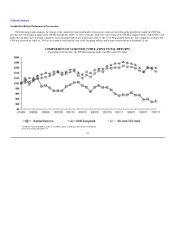 43
43 -
 44
44 -
 45
45 -
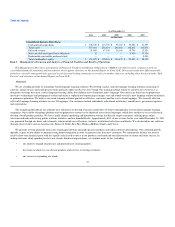 46
46 -
 47
47 -
 48
48 -
 49
49 -
 50
50 -
 51
51 -
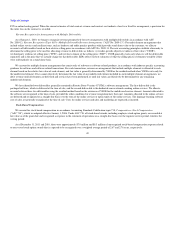 52
52 -
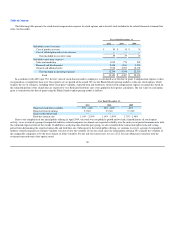 53
53 -
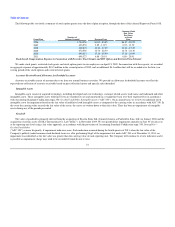 54
54 -
 55
55 -
 56
56 -
 57
57 -
 58
58 -
 59
59 -
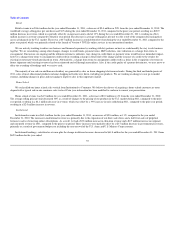 60
60 -
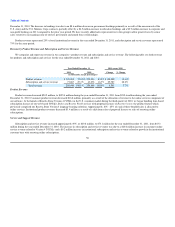 61
61 -
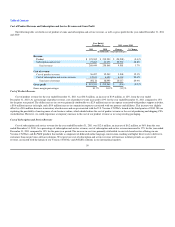 62
62 -
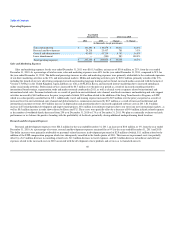 63
63 -
 64
64 -
 65
65 -
 66
66 -
 67
67 -
 68
68 -
 69
69 -
 70
70 -
 71
71 -
 72
72 -
 73
73 -
 74
74 -
 75
75 -
 76
76 -
 77
77 -
 78
78 -
 79
79 -
 80
80 -
 81
81 -
 82
82 -
 83
83 -
 84
84 -
 85
85 -
 86
86 -
 87
87 -
 88
88 -
 89
89 -
 90
90 -
 91
91 -
 92
92 -
 93
93 -
 94
94 -
 95
95 -
 96
96 -
 97
97 -
 98
98 -
 99
99 -
 100
100 -
 101
101 -
 102
102 -
 103
103 -
 104
104 -
 105
105 -
 106
106 -
 107
107 -
 108
108 -
 109
109 -
 110
110 -
 111
111 -
 112
112 -
 113
113 -
 114
114 -
 115
115 -
 116
116 -
 117
117 -
 118
118 -
 119
119 -
 120
120 -
 121
121 -
 122
122 -
 123
123 -
 124
124 -
 125
125 -
 126
126 -
 127
127 -
 128
128 -
 129
129 -
 130
130 -
 131
131 -
 132
132 -
 133
133 -
 134
134 -
 135
135 -
 136
136 -
 137
137 -
 138
138 -
 139
139 -
 140
140 -
 141
141 -
 142
142 -
 143
143 -
 144
144 -
 145
145 -
 146
146 -
 147
147 -
 148
148 -
 149
149 -
 150
150 -
 151
151 -
 152
152 -
 153
153 -
 154
154 -
 155
155 -
 156
156 -
 157
157 -
 158
158 -
 159
159 -
 160
160 -
 161
161 -
 162
162 -
 163
163 -
 164
164 -
 165
165 -
 166
166 -
 167
167 -
 168
168 -
 169
169 -
 170
170 -
 171
171 -
 172
172 -
 173
173 -
 174
174 -
 175
175 -
 176
176 -
 177
177 -
 178
178 -
 179
179 -
 180
180 -
 181
181 -
 182
182 -
 183
183 -
 184
184 -
 185
185 -
 186
186 -
 187
187 -
 188
188 -
 189
189 -
 190
190 -
 191
191 -
 192
192 -
 193
193 -
 194
194 -
 195
195 -
 196
196 -
 197
197 -
 198
198 -
 199
199 -
 200
200 -
 201
201 -
 202
202 -
 203
203 -
 204
204 -
 205
205 -
 206
206 -
 207
207 -
 208
208 -
 209
209 -
 210
210 -
 211
211 -
 212
212 -
 213
213 -
 214
214 -
 215
215 -
 216
216 -
 217
217 -
 218
218 -
 219
219 -
 220
220 -
 221
221 -
 222
222 -
 223
223 -
 224
224 -
 225
225 -
 226
226 -
 227
227 -
 228
228 -
 229
229 -
 230
230 -
 231
231 -
 232
232 -
 233
233 -
 234
234 -
 235
235 -
 236
236 -
 237
237 -
 238
238 -
 239
239 -
 240
240 -
 241
241
 |
 |

Table of Contents
The following table presents the stock-based compensation expense for stock options and restricted stock included in the related financial statement line
items (in thousands):
Years Ended December 31,
2011 2010 2009
Included in cost of revenue:
Cost of product revenue $ 55 $ 39 $ 34
Cost of subscription and service revenue — — —
Total included in cost of revenue 55 39 34
Included in operating expenses:
Sales and marketing 1,932 774 999
Research and development 2,448 1,181 5,959
General and administrative 7,918 2,393 15,158
Total included in operating expenses 12,298 4,348 22,116
Total $ 12,353 $ 4,387 $ 22,150
In accordance with ASC topic 718, the fair value of stock-based awards to employees is calculated as of the date of grant. Compensation expense is then
recognized on a straight-line basis over the requisite service period of the award. We use the Black-Scholes pricing model to value our stock options, which
requires the use of estimates, including future stock price volatility, expected term and forfeitures. Stock-based compensation expense recognized is based on
the estimated portion of the awards that are expected to vest. Estimated forfeiture rates were applied in the expense calculation. The fair value of each option
grant is estimated on the date of grant using the Black Scholes option pricing model as follows:
Year Ended December 31,
2011 2010 2009
Expected stock price volatility 57% - 64% 58% - 66% 61%
Expected term of options 6 years 6 years 6 years
Expected dividend yield — — —
Risk-free interest rate 1.14% - 2.59% 1.14% - 2.59% 1.71% - 2.46%
Prior to the completion of our initial public offering in April 2009, our stock was not publicly quoted and we had a limited history of stock option
activity, so we reviewed a group of comparable industry-related companies to estimate our expected volatility over the most recent period commensurate with
the estimated expected term of the awards. In addition to analyzing data from the peer group, we also considered the contractual option term and vesting
period when determining the expected option life and forfeiture rate. Subsequent to the initial public offering, we continue to review a group of comparable
industry-related companies to estimate volatility, but also review the volatility of our own stock since the initial public offering. We consider the volatility of
the comparable companies to be the best estimate of future volatility. For the risk-free interest rate, we use a U.S. Treasury Bond rate consistent with the
estimated expected term of the option award.
50
